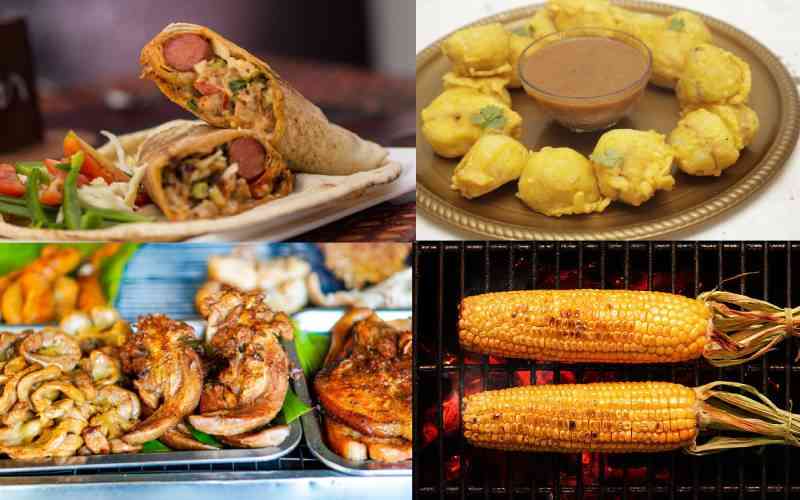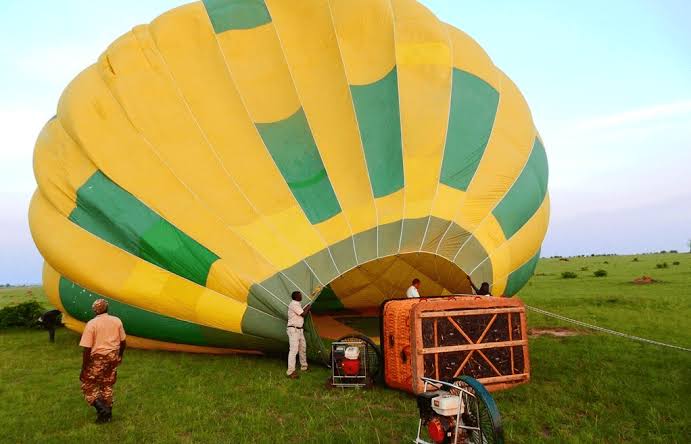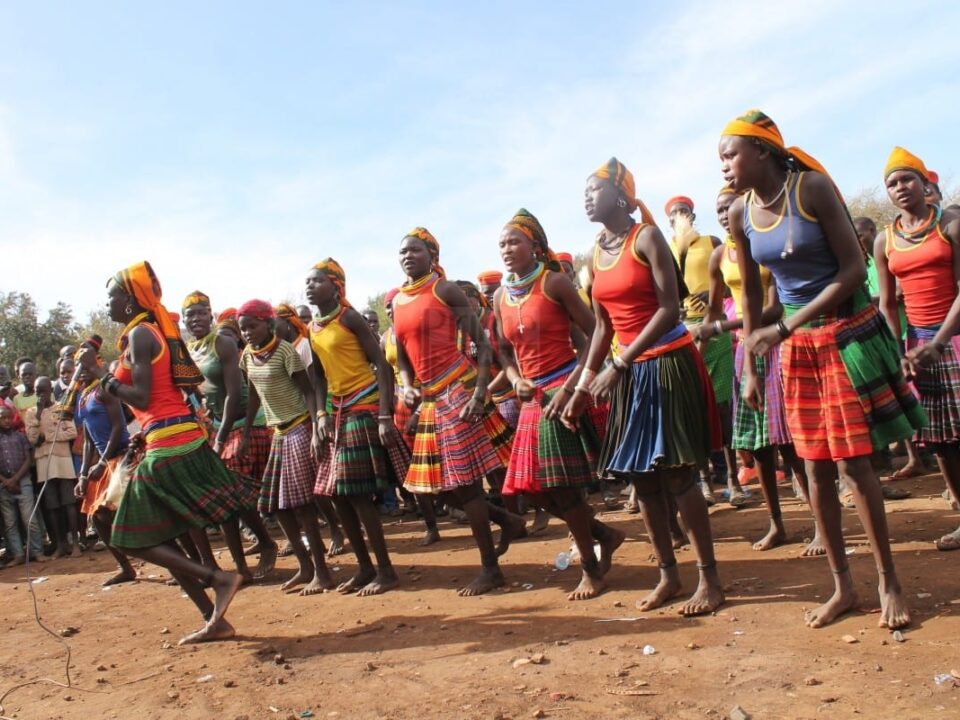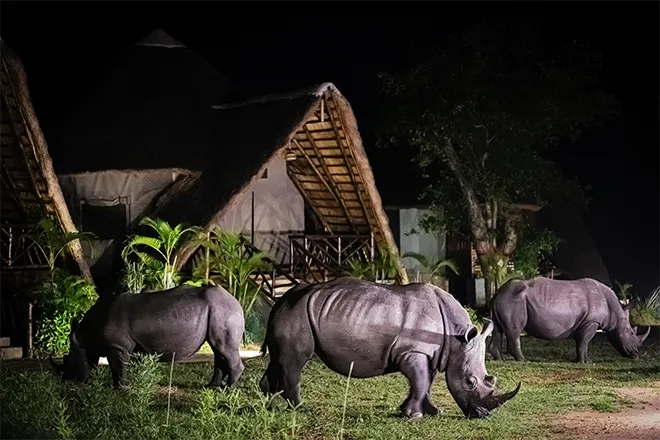- GET IN TOUCH WITH US:
- +256 753518160
- +256 777842166
- info@experiyatourcompany.com

Can I buy handmade jewelry in Kenya?
November 20, 2025
Are Kenyans friendly to tourists?
November 20, 2025What’s the Best Street Food to Try?
Street food is the heartbeat of everyday life in Kenya. It is flavorful, affordable, creative, and rooted in local tradition. From bustling Nairobi intersections to coastal alleyways in Mombasa, from rural markets to university zones, Kenya’s street food culture is diverse and irresistible. For many travelers, tasting street food is one of the most rewarding ways to connect with the country’s people, flavors, and culture. This leads to an exciting question every foodie asks: What’s the best street food to try in Kenya? The answer is that Kenya offers a spectacular variety of street foods—each with its own taste, history, and cultural story.
Kenyan street food is more than quick snacks; it is an entire culinary journey. It reflects influences from African, Indian, Arab, and Swahili cuisines. It brings together bold spices, slow-cooked stews, sizzling grills, fresh produce, and creative twists developed in local neighborhoods. Whether you’re craving savory bites, sweet indulgences, grilled meats, spicy snacks, or comforting staples, Kenya’s streets have something unforgettable for you.
Why Kenyan Street Food Is So Special
Kenyan street food stands out for several reasons:
It is prepared fresh and served hot
It represents cultural fusion from across the country
It is affordable and accessible
It brings communities together at shared food joints
It reflects regional flavors—coastal, highland, and urban
It is delicious, varied, and full of character
Every region offers its own specialties, making street food a perfect way to experience Kenya’s diversity.
The Best Kenyan Street Foods to Try
Below are some of the most beloved street foods in Kenya—must-try dishes for any traveler who wants to savor authentic local flavor.
Mutura – Kenya’s Traditional Sausage
Mutura is one of the most iconic street foods in Kenya, often called the “African sausage.” Traditionally prepared by the Kikuyu community, it has become popular across the country.
It is made from:
Minced meat
Spices
Onions
Blood (in the traditional recipe)
Herbs
The mixture is stuffed into a casing and grilled over hot charcoal until smoky and crisp on the outside. Mutura vendors usually serve it sliced, with a pinch of salt, chili, or kachumbari. It’s especially popular in the evenings and is paired beautifully with a cold drink.
Smokie Pasua – The Ultimate Grab-and-Go Snack
Smokie pasua is a modern street favorite—quick, satisfying, and flavorful. A “smokie” is a Kenyan-style sausage, usually served split open (“pasua”) and filled with kachumbari (a spicy mixture of onions, tomatoes, chili, and lime).
It is commonly sold near:
Bus stops
School entrances
Markets
Office districts
Smokie pasua is beloved for its simplicity and taste, making it a go-to snack for people on the move.
Mahindi Choma – Charcoal-Roasted Maize
Charcoal-roasted maize is a nostalgic and comforting snack found along highways, markets, and rural towns. Vendors roast whole maize cobs over open flames, turning them until golden brown and slightly charred.
Served with:
Salt
Lime
Chili powder
Mahindi choma is crunchy, smoky, and deeply satisfying. It represents a classic taste of the Kenyan countryside.
 Viazi Karai – Coastal Fried Potatoes
Viazi Karai – Coastal Fried Potatoes
One of the most iconic Swahili street foods, viazi karai is especially popular in Mombasa. These are potatoes dipped in a spicy batter (often with turmeric and chili), then deep-fried to perfection.
They are typically served with:
Ukwaju (tamarind sauce)
Coconut chutneys
Fresh chili
The orange color and crispy texture make these potatoes unforgettable.
Bhajia – Crispy, Spiced Potato Slices
Brought to Kenya by Indian communities, bhajia has become a nationwide favorite. Thinly sliced potatoes are coated in a gram flour batter seasoned with turmeric, coriander, cumin, garlic, and chili, then deep-fried.
Bhajia is eaten with:
Kachumbari
Tamarind dip
Chili sauce
It’s a common street food near schools, markets, and bus stages.
Samosa – Savory Triangular Delights
Samosas are among the most widely loved street snacks in Kenya. Filled with spiced minced meat, vegetables, or lentils, they are crispy on the outside and tender inside.
Popular fillings include:
Beef
Chicken
Green grams
Potatoes
Mixed vegetables
Samosas are crunchy, aromatic, and perfect with tea or on-the-go.
Chapati-Mishkaki Wrap – A Nairobi Innovation
This modern street-food creation wraps tender mishkaki (grilled beef skewers) inside a soft chapati. It’s a hearty, flavorful snack combining Swahili, Indian, and urban influences.
A typical wrap includes:
Grilled meat
Kachumbari
Chili
Chapati
It’s sold mainly in urban centers like Nairobi and Kisumu.
Ugali Skuma Bites – Comfort Food in Street Form
Some vendors now offer mini ugali-and-sukumawiki combinations served with stew. These are especially popular at informal eateries known as “kibandas.”
The dish includes:
Portions of ugali
Sukuma wiki (collard greens)
Fried beef stew or beans
It’s filling, affordable, and represents Kenya’s staple meal.
Mandazi – Sweet, Fluffy Treats
Mandazi is the Kenyan doughnut—soft, mildly sweet, and scented with coconut or cardamom. It’s eaten all day long and pairs perfectly with chai.
Found in:
Bus stations
Roadside kiosks
Coastal markets
Mandazi is comforting, simple, and delicious.
Mahamri – Coastal Doughnuts
Similar to mandazi but fluffier and more aromatic, mahamri is deeply tied to Swahili culture. It is flavored with:
Coconut milk
Cardamom
Sugar
Best enjoyed fresh and warm.
Pastazi – Mini Meat Pies
Pastazi are small pastry pockets filled with minced meat, vegetables, or beans. They are crisp on the outside, savory inside, and perfect for quick snacking.
Nyama Choma Street Stalls
Nyama choma (grilled meat) is a beloved Kenyan dish often enjoyed socially. Street versions usually feature:
Goat meat
Beef ribs
Chicken
The aroma of slow-roasting meat fills markets and highway stops, drawing crowds.
Served with:
Kachumbari
Ugali
Salt and chili
It is flavorful, smoky, and deeply Kenyan.
Fried Fish – A Lakeside Classic
In Kisumu and along Lake Victoria, street vendors sell:
Fried tilapia
Omena snacks
Whole crispy fish
Served with ugali, this is a must-try for fish lovers.
Mutura Burger – A Modern Twist
Nairobi’s urban food culture continues to innovate, and the mutura burger—a fusion of traditional sausage and modern street-food creativity—has gained popularity among young Kenyans.
Coconut Water and Sugarcane Juice
Coconut sellers along the coast offer fresh madafu (coconut water) straight from the fruit, while sugarcane vendors press juice on the spot and serve it with ginger or lime.
Coastal Snacks You Shouldn’t Miss
Mombasa’s street food scene is legendary. Must-try coastal snacks include:
Kaimati (sweet fried dumplings)
Mkate wa sinia (rice and coconut cake)
Zanzibar mix (tangy churri-based street dish)
Mishkaki (grilled marinated beef)
The spices, aromas, and Swahili influence make coastal street food unforgettable.
Regional Variations Across Kenya
Each region of Kenya has signature street foods.
Nairobi
Smokie pasua
Samosas
Chapati wraps
Mutura
Coast
Viazi karai
Mahamri
Mishkaki
Mkate wa sinia
Western Kenya
Nsenene (seasonal fried grasshoppers)
Groundnuts
Fried fish
Rift Valley
Mursik-inspired snacks
Choma meat stalls
Every region offers something unique.
Safety Tips for Enjoying Street Food
Choose busy vendors (fresh turnover)
Eat food that’s cooked hot
Avoid raw salads unless confident in hygiene
Drink bottled or boiled drinks
Go with a guide or local friend if unsure
Street food is safe when chosen wisely, and most travelers enjoy it without issues.
Why Street Food Is an Essential Part of Kenyan Culture
Street food is:
A social experience
Affordable nourishment
A representation of cultural fusion
A way to explore neighborhoods
Part of daily life for millions
Eating street food connects travelers directly with local communities.
So, What’s the Best Street Food to Try in Kenya?
From smoky mutura to crispy bhajia, from coastal viazi karai to Nairobi’s famous smokie pasua, from chapati wraps to fried fish, Kenya’s street food offers endless delights. Each bite tells a story of culture, creativity, and community. There is no single “best” street food—only favorites waiting to be discovered by every traveler willing to try something new.
Explore Kenya’s Street Food With Experiya Tour Company
To enjoy the best street food safely and authentically, travel with experts who know the hidden gems, top vendors, and vibrant food streets. Experiya Tour Company offers guided street food tours across Nairobi, Mombasa, Kisumu, and more, helping you taste Kenya’s rich culinary scene with confidence. For an unforgettable food adventure, book your street food journey with Experiya Tour Company.




